Industry information
Company News
- Customize aluminum veneer to create personalized spatial aesthetics
- Hyperbolic aluminum veneer: a fashionable choice for modern architecture
- Aluminum veneer: the "fashionable coat" of modern architecture
- Aluminum veneer is not just about walls!
- Exploring the secret charm of hyperbolic aluminum veneer: the new darling of aluminum materials
Industry dynamics
- Unique style ceiling with 2.5mm aluminum veneer to create a unique space
- Hyperbolic aluminum veneer: the fashionable new favorite of the future construction industry?
- Aluminum veneer curtain wall: the fashionable coat of modern architecture
- Aluminum veneer curtain wall: the fashionable coat of modern architecture
- Aluminum veneer customization, creating a new trend of personalized space!
Frequently asked questions
- How to apply aluminum veneer in construction and interior decoration?
- What are the advantages and disadvantages of aluminum veneer compared to other metal materials?
- What are the applications of aluminum veneer in the interior decoration industry?
- What are the applications of aluminum veneer in the interior decoration industry and how can they be improved?
- What factors will affect the price of aluminum veneer?
contact us
Mobile:+86 15627778610
Email: 2201229786
Address: No. 5 Binjiang Road, High tech Zone, Zhaoqing City, Guangdong Province
Light luxury fluorocarbon ceiling aluminum veneer installation guide
- Author: Lesilong Technology (Guangdong) Co., Ltd
- Release time: February 28, 2025 16:12:17
- Click:0
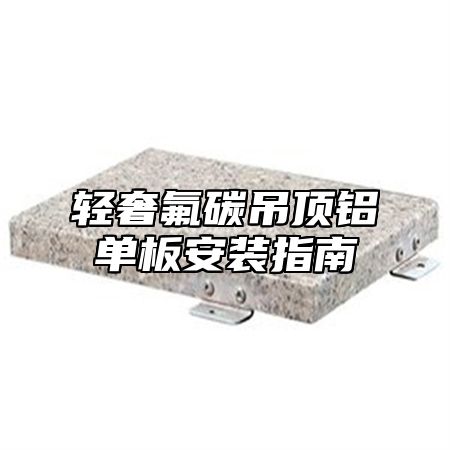
Fluorocarbon ceilingAluminum veneerIt is a new type of building material with many unique characteristics and advantages, widely used in interior decoration. The fluorocarbon ceiling aluminum veneer with a light luxury style has become a popular decorative material in recent years. Below, we will provide a detailed introduction on how to install a light luxury style fluorocarbon ceiling aluminum veneer.
1、 Material preparation
Before installing the fluorocarbon ceiling aluminum veneer, it is necessary to prepare the corresponding materials. These materials include: fluorocarbon ceiling aluminum veneer, keel, hooks, suspension rods, self tapping screws, etc.
2、 Installation steps
1. Determine installation location: Before installing the fluorocarbon ceiling aluminum veneer, it is necessary to first determine the installation location and height. Generally speaking, the height of fluorocarbon ceiling aluminum veneer should be slightly lower than the ceiling of the room, which can make the entire indoor space more coordinated and unified.
2. Installation of keel: After determining the installation position, it is necessary to install the keel first. The keel is an important structure supporting the fluorocarbon ceiling aluminum veneer, and its installation should be firm and reliable. Generally speaking, the number and spacing of keels should be determined based on the size of the fluorocarbon ceiling aluminum veneer.
3. Installing the hook: After installing the keel, it needs to be connected to the suspension rod. The hook is an important component that connects the keel and suspension rod, and its quantity and size should be determined according to the size of the fluorocarbon ceiling aluminum veneer.
4. Install fluorocarbon ceiling aluminum veneer: After completing the above steps, you can start installing fluorocarbon ceiling aluminum veneer. Place the fluorocarbon ceiling aluminum veneer on the keel and fix it with self tapping screws; Connect the suspension rod to the fluorocarbon ceiling aluminum veneer and secure it with a hook. Check whether all connection parts are firm and reliable, and adjust them promptly if there are any problems.
3、 Precautions
When installing fluorocarbon ceiling aluminum veneer, the following points should be noted:
1. Ensure that the quality of the keel and fluorocarbon ceiling aluminum veneer meets the requirements;
2. Pay attention to safety during installation to avoid accidents;
3. After installation, a comprehensive inspection should be conducted to ensure that all connection parts are firm and reliable.

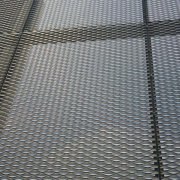
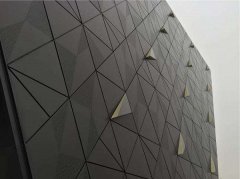
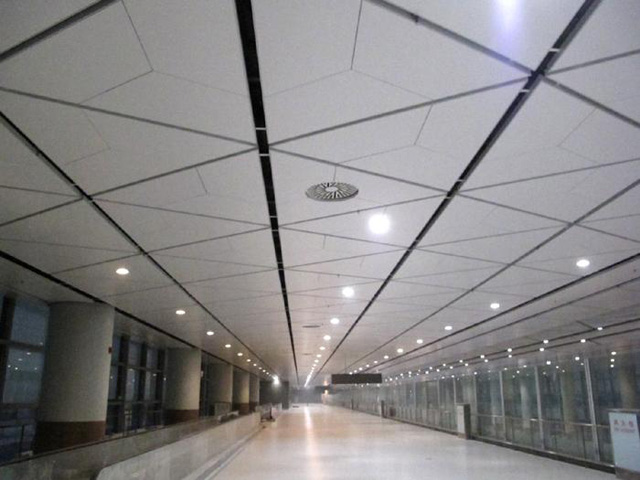
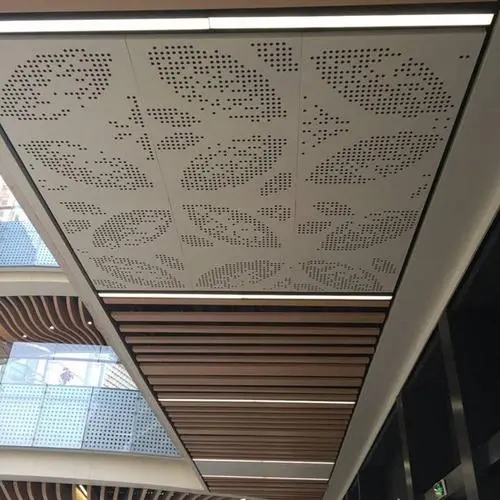
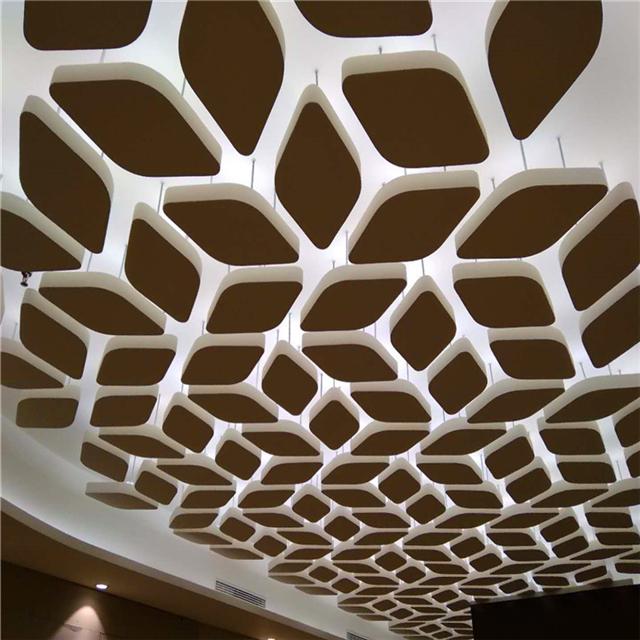
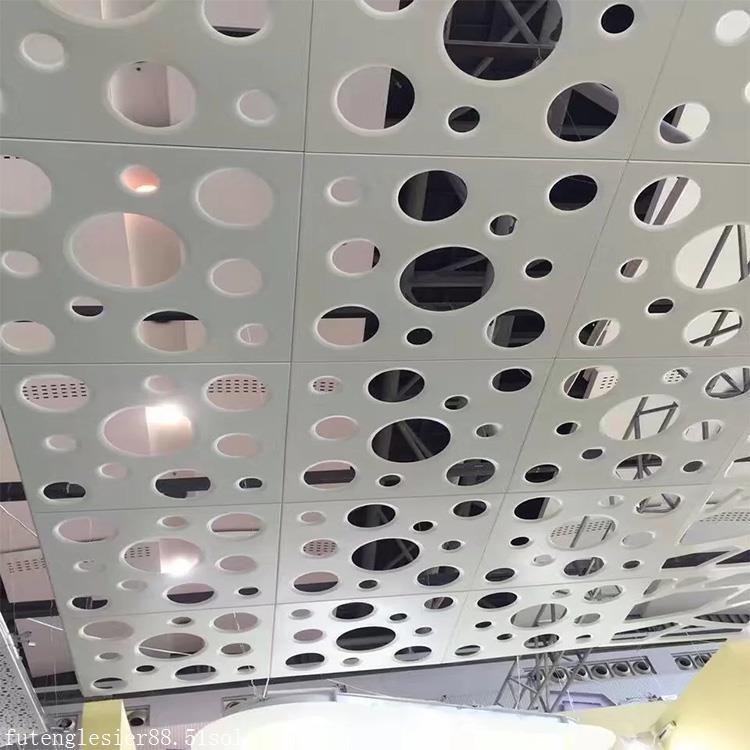
 Customer service QQ
Customer service QQ